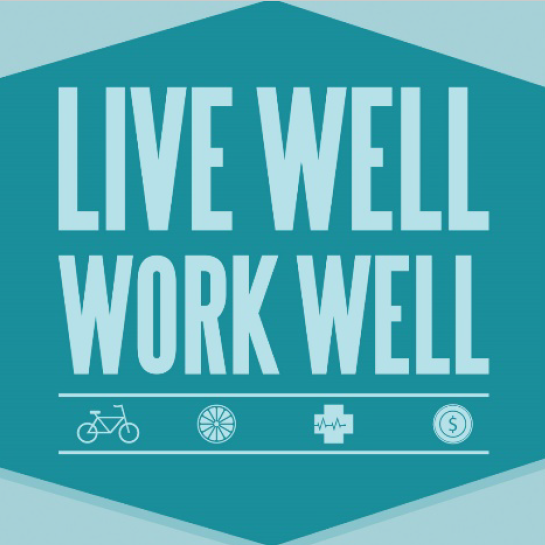
HBP Guidelines Have Changed: Do You Know Your Risk?
The American Heart Association and the American College of Cardiology redefined what is considered high blood pressure (HBP) in November 2017, based on new evidence supporting a lower threshold. Stage 1 high blood pressure, also known as hypertension 1, is consistently measured at 130 over 80 or greater. The previous threshold was 140 over 90.
HBP is a serious condition that, if left untreated, can lead to coronary heart disease, heart failure, stroke, kidney failure and other health problems.
The New Guidelines & You
Under these new guidelines, nearly 46 percent of American adults are considered to have high blood pressure. Over one third of Americans would be recommended for high blood pressure medication.
Your Next Steps
HBP is referred to as the “silent killer” because those who have it don’t typically experience symptoms. The best way to find out if you have HBP is to get your blood pressure checked every two years and speak with your doctor.
In some cases, HBP can be prevented by living a healthy lifestyle that includes exercising regularly, eating a healthy diet low in salt, fat and alcohol, avoiding smoking and managing stress.
For more information, speak with your doctor.
Fruits and Veggies: How Much is Enough?
If you’re like the majority of Americans, you’re most likely not eating enough fruits and vegetables. Fruits & Veggies – More Matters, a national health observance that occurs every September, wants to change that.
Fruits and vegetables contain essential vitamins, minerals, fiber and other naturally occurring substances that may help prevent chronic diseases.
How Much is Enough?
According to MyPlate, the U.S. Department of Agriculture’s symbol for healthy eating, the recommended adult daily serving for fruits and vegetables are:
- Fruits
- Women: 2 cups (ages 19-30), 1 ½ cups (ages 31+)
- Men: 2 cups (ages 19+)
- Vegetables
- Women: 2 ½ cups (ages 19-50), 2 cups (ages 51+)
- Men: 3 cups (ages 19-50), 2 ½ cups (ages 51+)
To download a copy of this report click here.
